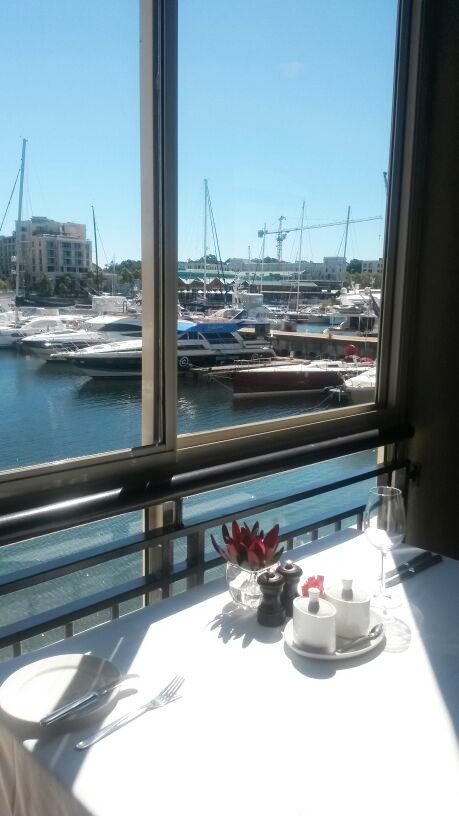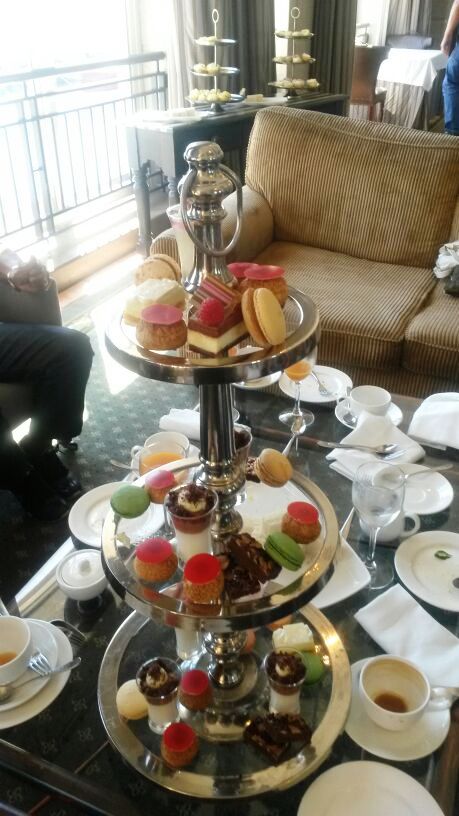I recently wrote a post about grief, mourning and bereavement and the difference between them. You will find the post here:https://africandream01.wordpress.com/2015/02/13/re-investing-in-life-moving-on/
I am finding my experience of grief and mourning very strange. To allow myself time to grieve and mourn I have pushed those closest to me away to give myself the space to grieve and mourn without having the pressure of “getting on with life” from others. Generally people (society in general) have the perception that now that the funeral/memorial service is over, you should be okay and ready to “get on with life”.
I have now reached the stage where I’m missing that contact with my friends and family and want them to “come back” to me but at the same time I’m not ready to have people sitting in my lounge drinking tea and coffee for hours. I’m at the stage where a quick pop-in visit or quick telephone call to say “how are you doing?” or “is there anything I can do for you?” would be welcome but it seems like people are waiting for me to make the first move.
Ocassionally, especially after a busy week, I sometimes wish I can get a call from someone asking if they can bring me a meal or a sweet treat, but at the same time not expect to be invited in to sit and talk for hours. The idea of calling first before coming is also good because I may not be in the mood to see people. I may want to just walk around in my pyjamas (or even naked for that matter).
My best friend of more than 30 years has not even tried to make contact with me since the end of January. She did not even make contact to wish me for my birthday. I had a missed call on my phone from her on 6 February and I have deliberately not called her back to see how long it would take for her to try again. At the time of writing this post, there’s still been no contact. I do understand that it is probably difficult to wish someone a “happy birthday” when you know they are grieving/mourning. There is nothing wrong with changing that to “Hi, thinking of you on your birthday. Hope you manage/managed to enjoy the day?” An alternative to this would be “hi, can we come around to bring you your gift?” and then surprise me by insisting I sit down and making me a cup of tea instead of expecting me to make you a cup just because you are visiting?
Today while writing this post I was watching a movie on television about the life of actress (who also married a Prince and became a Princess) Grace Kelly. There was a scene in the movie, just before Grace Kelly was going to board the ship to leave her family home, where her father told her he loved her. This brought me to tears again. I am obviously still very volatile emotionally and is probably why I’m having this want/don’t want relationship with contact with the outside world. One minute I want people to come visit but within a few minutes I wish they don’t come.
What I’m also experiencing at the moment is that my attention span is very short. I find that I can’t focus on one particular thing for longer than five or ten minutes then I move on to do something else. I also lose my train of thought in mid sentence and forget what I wanted to say. My mind just goes blank all of a sudden and I cannot remember what I wanted to say. Maybe that’s also why I’m reluctant to have visitors at this stage? Maybe I’m scared that I will be bored with their conversation after five or ten minutes and that they will misunderstand or misinterpret my behaviour and think that I’m being rude?
Will my visitors understand when I suddenly burst into tears for no apparent reason? Will they panic and try to make me feel better by saying “don’t worry everything will be alright”? or “it’s ok. Mom is in a better place now”? when all I need is a loving hug or someone to hold my hand, without saying anything at all.
This behaviour is all new to me and I’m finding it very strange. Is this a temporary change in my behaviour or is this taking me to another level of maturity i.e. where trivial things no longer matter to me?
As a child I’ve always heard adults say “you are never really grown up until you have lost both your parents”. Is that what’s happening to me now? Am I now finally becoming a “grown up”/an adult?
. . . but I still like Donald Duck and Mickey Mouse? Just saying . . .











